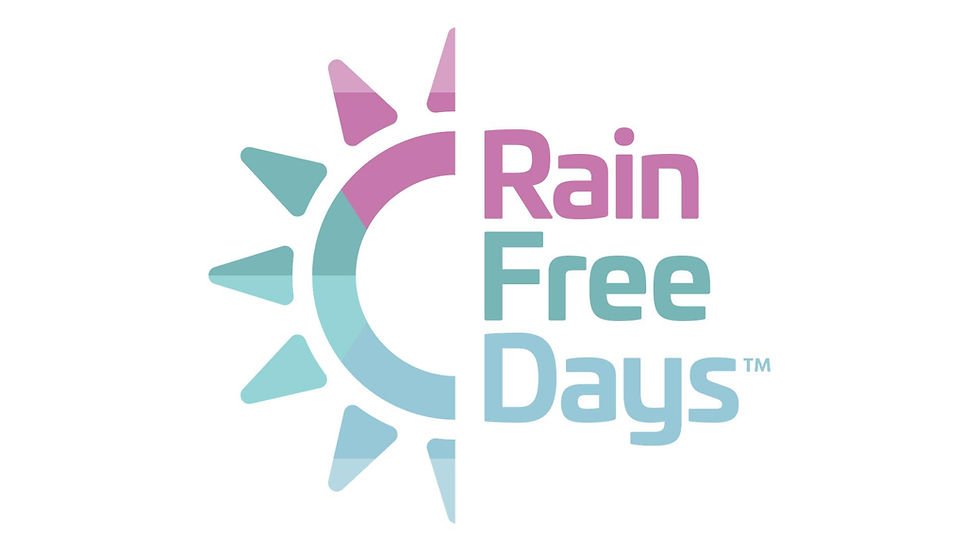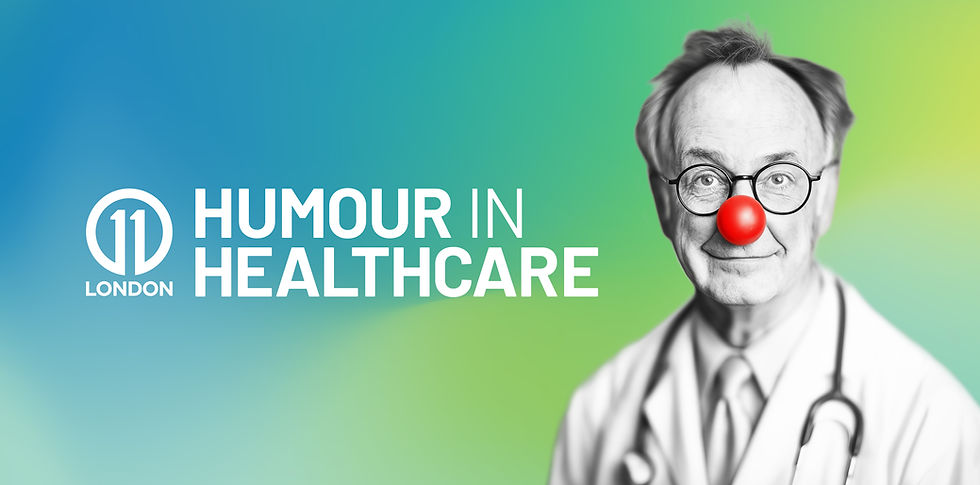11 tips to communicating health tech innovation
- matthewhunt123
- Feb 14, 2022
- 3 min read
In a recent post, we looked at health tech in the Government’s next phase of managing Covid-19 and why successful adoption means addressing data, privacy and security issues and collective consent to share personal information.
Clear communications will be key. So having worked with clients whose innovations helps people to track, monitor and self-manage their health, we wanted to share some valuable steps in building effective communications.

1. Be open and upfront about what personal data is used and why. That means assessing the good, the bad and the ugly, around data, privacy and security, anticipating challenges and having answers prepared to address those issues.
2. Learn from successes and failures. Data and digital information done well can enable experts at specialist hospitals to support patients remotely at home, but there have been instances of surreptitious surveillance for commercial purposes. To build trust be open about where there have been failures in the past and how learnings have been applied in developing and talking about new technology.
3. Call out misinformation and monitor what is said about health tech and innovation in the press and online. The Government has partnered with social media platforms to prioritise reputable information sources about Covid-19 and encourage "information hygiene". If social and traditional media feature ‘fake news’ about health tech it is likely a large audience will have heard the same misinformation. Be prepared to set the record straight.
4. Clear oversight and accountability on who sets and monitors standards, and an independent complaints process is critical in the court of public opinion. NHSX has an ethics advisory board to oversee the Covid-19 contact tracing app, with chief executive Matthew Gould committing to ‘publishing the security and privacy designs alongside the source code so privacy experts can ‘look under the bonnet’ and help us ensure the security is absolutely world class.’ Promoting relevant oversight in any innovation underlines a commitment to openness.
5. Patients as co-creators is the gold standard in health tech. Not just ‘selling’ user involvement at the end, but building in their experience and challenge from the off, through multiple stages of testing and refinement. Recording involvement with people’s consent and sharing the highlights can then provide valuable evidence for communications campaigns.
6. And with this in mind, it is people who always tell the story best, from patients, to healthcare professionals. Experts are back in favour, as seen in the appearance of science and medical leaders alongside ministers at the Government’s daily briefings, weaving together the technicalities and the human cost of the virus. Nurses are the most trusted profession in Britain while politicians barely scrape the bottom of an IPSOS Mori poll. Finding the right mix of trusted voices to talk, will bring to life the emotional and factual impacts of any health tech.
7. KISS (Keep it simple stupid) a helpful 1960s acronym originating in the US Navy which rings particularly true in innovation. Always ask who is it we need to speak to, what is their depth of knowledge and how much time have they got to listen and learn?
8. Comms across multiple channels including bus stops, social call outs and TV ads, narrated by the Royal Family to TV’s spin doctor Malcolm Tucker have all featured in recent Covid-19 campaigns. And with cross-media consumption increasing in month one of the outbreak, including 18-24s, a strong case can be made for researched and targeted campaigns on multiple platforms, to talk about health tech and its application across larger society.
9. Two-way communication is critical particularly given the concerns about data security. Using feedback mechanisms to capture questions, provide information and clarify concerns will help build long term relationships and may transform early adopters into vocal advocates.
10. Win hearts and minds. Facts and figures provide necessary hard evidence, but will not on their own convince people. Paired with creative approaches and ideas, the two work together to trigger adoption and spread. The success of King’s College London’s Covid-19 symptom tracker comes from getting its 2.6 million users to not only log their symptoms but to also sign up their social networks to do the same.
11. Staff are the strongest advocates for any organisation and where patient users are involved, the two groups will be instrumental in sharing and making the case for health tech. Any communications campaign should include internal tools, which take staff on the journey, enabling them to spread the innovation, its benefits and direct their contacts to take action.
About 11 London
11 London is an advertising and communications agency, based in West London. We work in the areas of health and humanity - with organisations, brands or products that improve or prolong life. To learn more about 11 London, please contact: matthew.hunt@11-london.com




